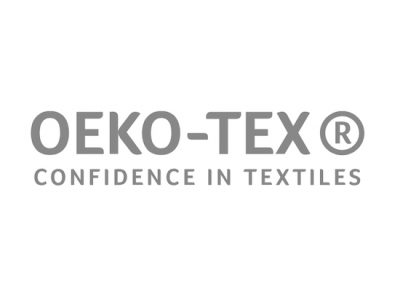Primary Functions
- Learn how this good practice verifies that each individual substance in chemical products meets the statutory requirements and that it is not harmful to human health.
Detailed Description
ECO PASSPORT is an independent certification for chemicals, colourants and accessories used in the manufacturing of textiles and leather articles. OEKO-TEX checks that each individual substance in the chemical products meets the statutory requirements and that it is not harmful to human health. ECO PASSPORT can certify all chemical products such as textile and leather chemicals, colourants and auxiliaries as well as corresponding formulations which are used in the textile, leather and clothing industries and which meet the strict guidelines.
The ECO PASSPORT test criteria and methods
During a multistep process, the ECO PASSPORT tests that each individual substance in a chemical product is not harmful to human health and that it meets the statutory requirements. The verification process consists of 3 levels, whereby the first two levels are mandatory for receipt of the certificate.
- CAS Number Screening: During the CAS number screening, OEKO-TEX first compares the product components declared by the applicant against the list of harmful chemicals for the ECO PASSPORT (RSL/MRSL) or SVHC Candidate List from REACH.
- Analytical Testing: An analytical laboratory test should ensure that the certified chemicals can be used in the sustainable production of human-ecological optimised textiles and leather articles in accordance with STANDARD 100 and LEATHER STANDARD. Completion of the CAS-Number Screening and the Analytical Verification leads to ZDHC Conformity Level 1.
- Self-Assessment and On-Site Visit: A Self-Assessment and an on-site visit check working conditions, safety and environmental management. Application for both steps are voluntary.





